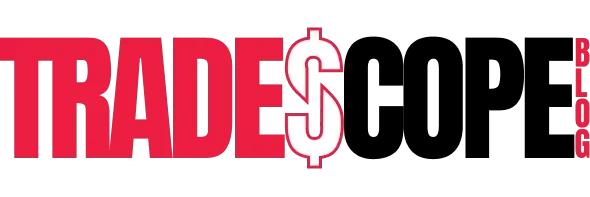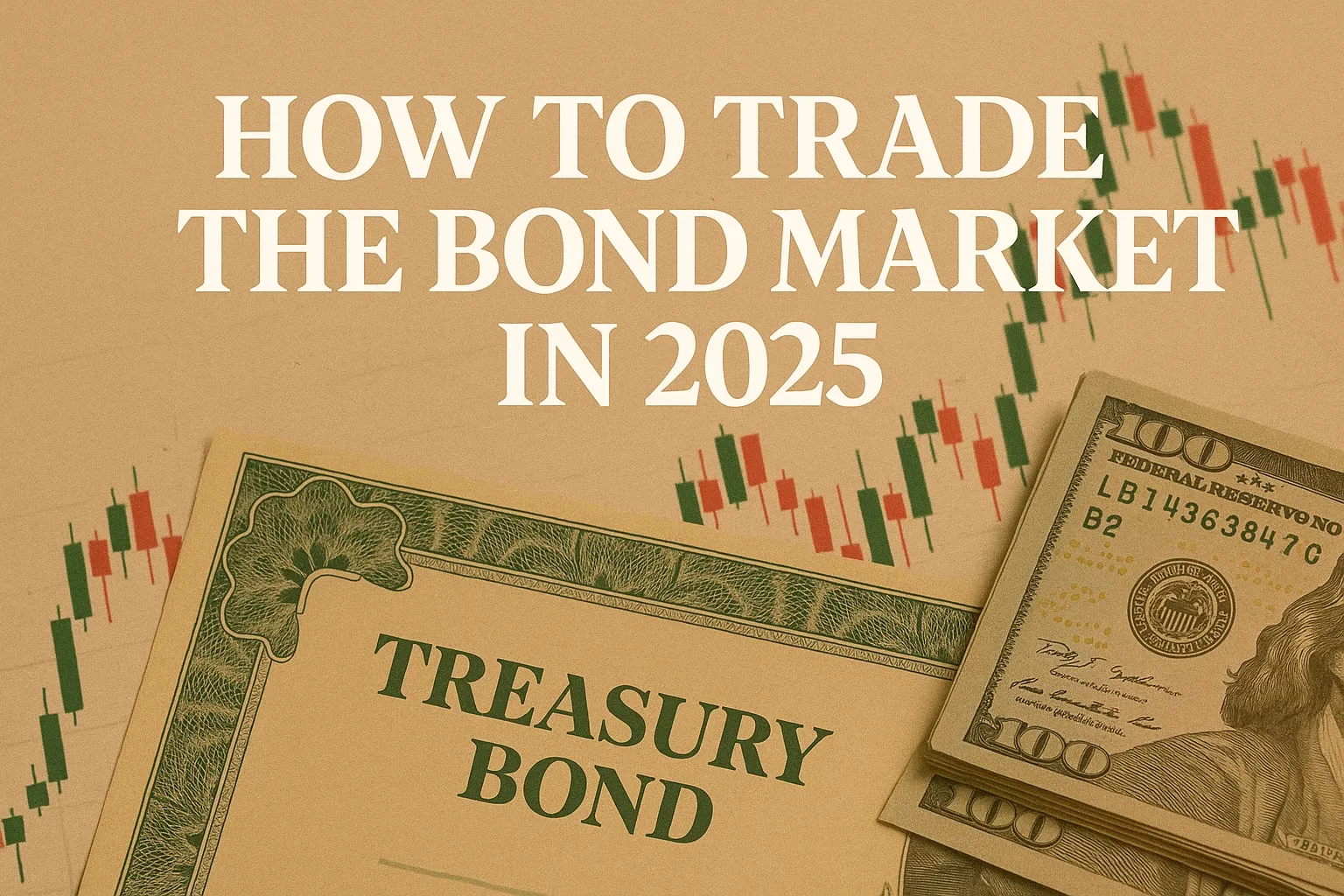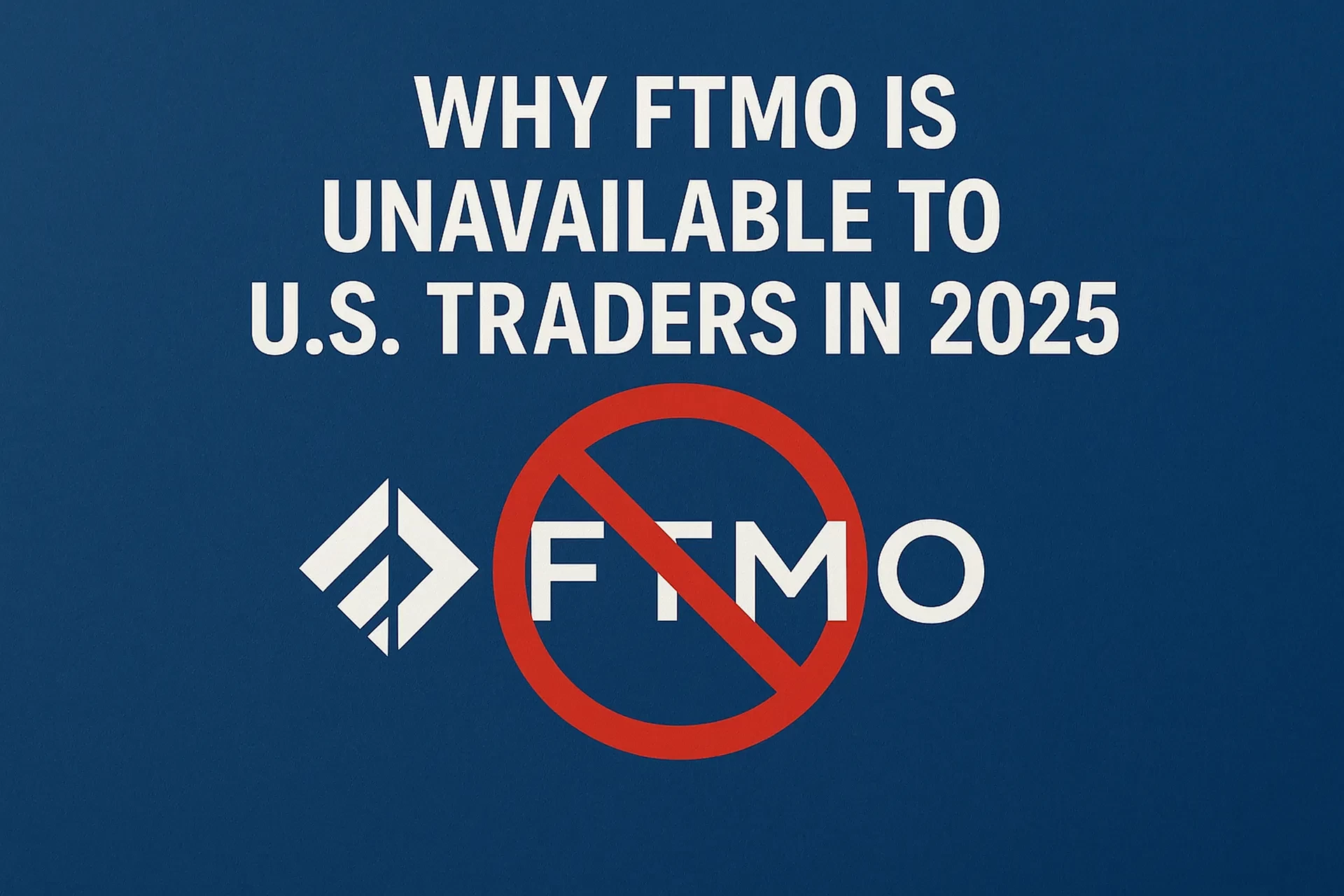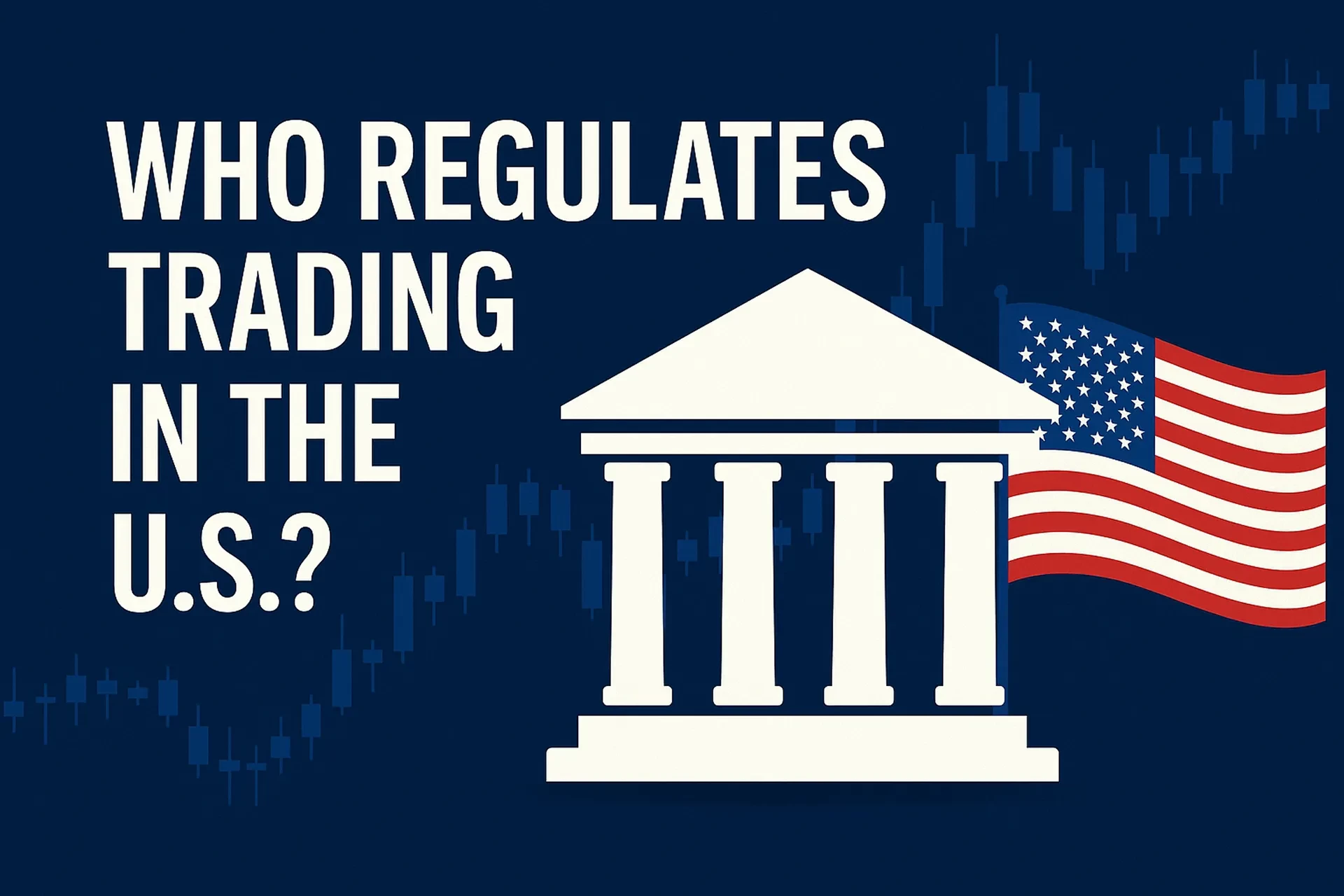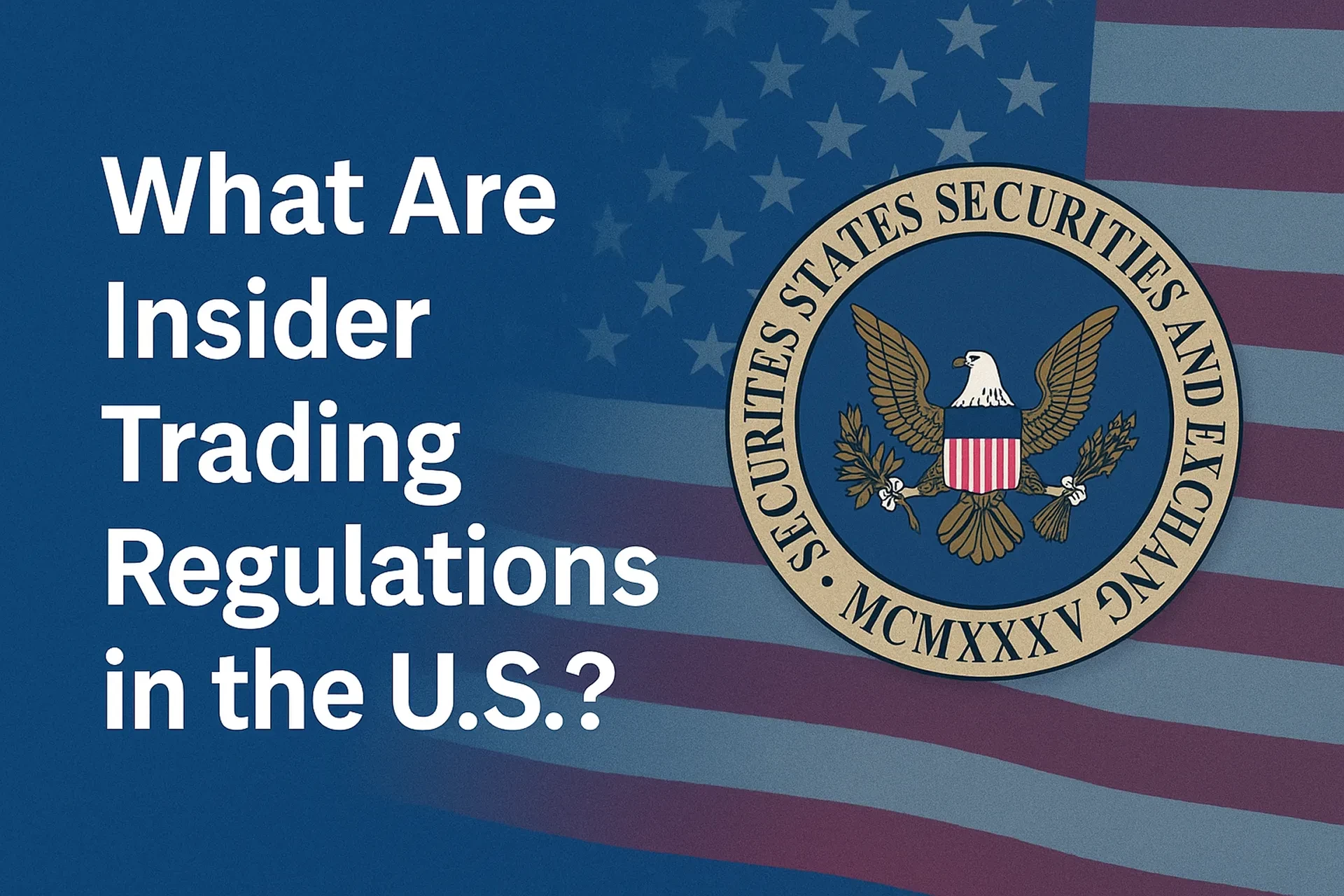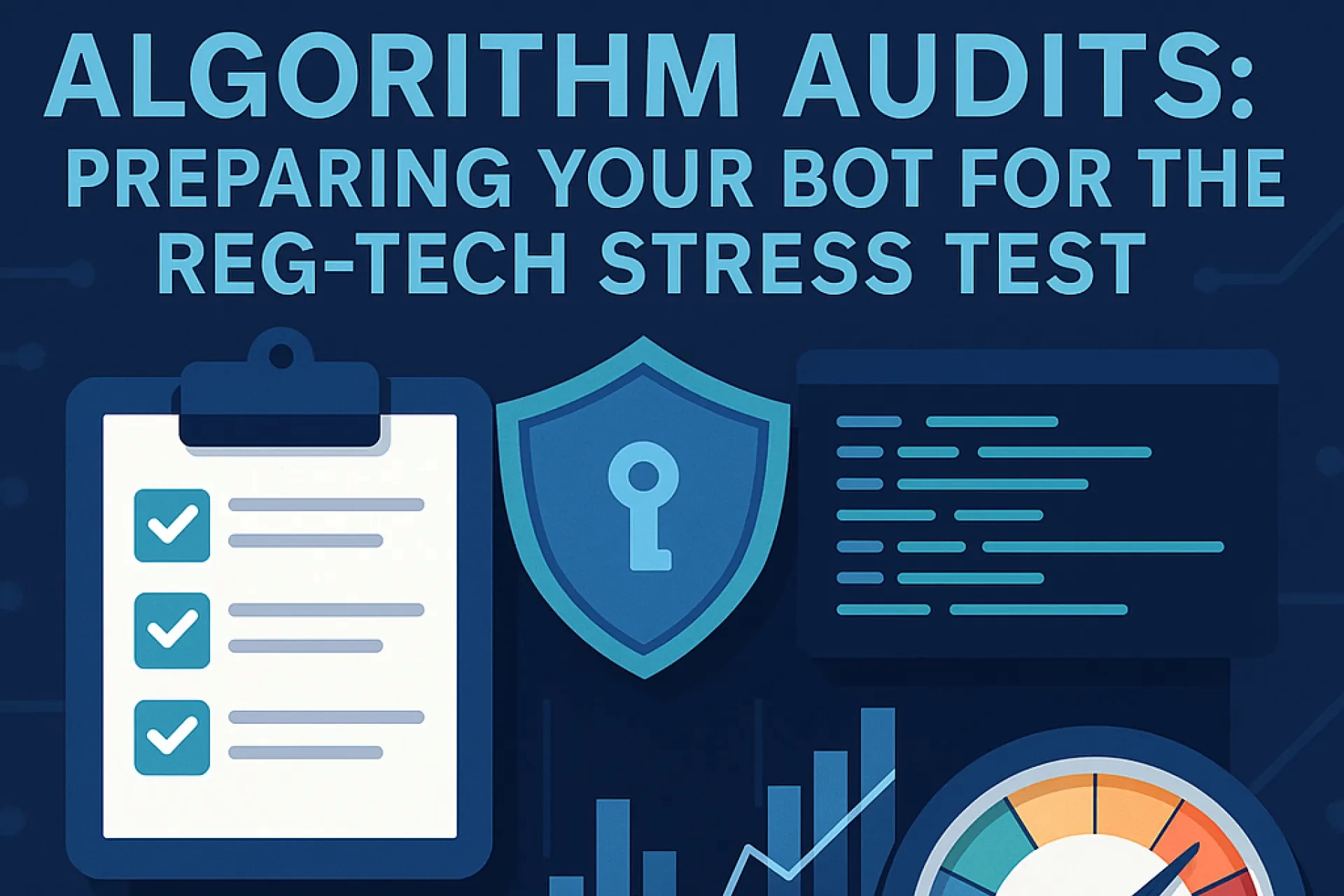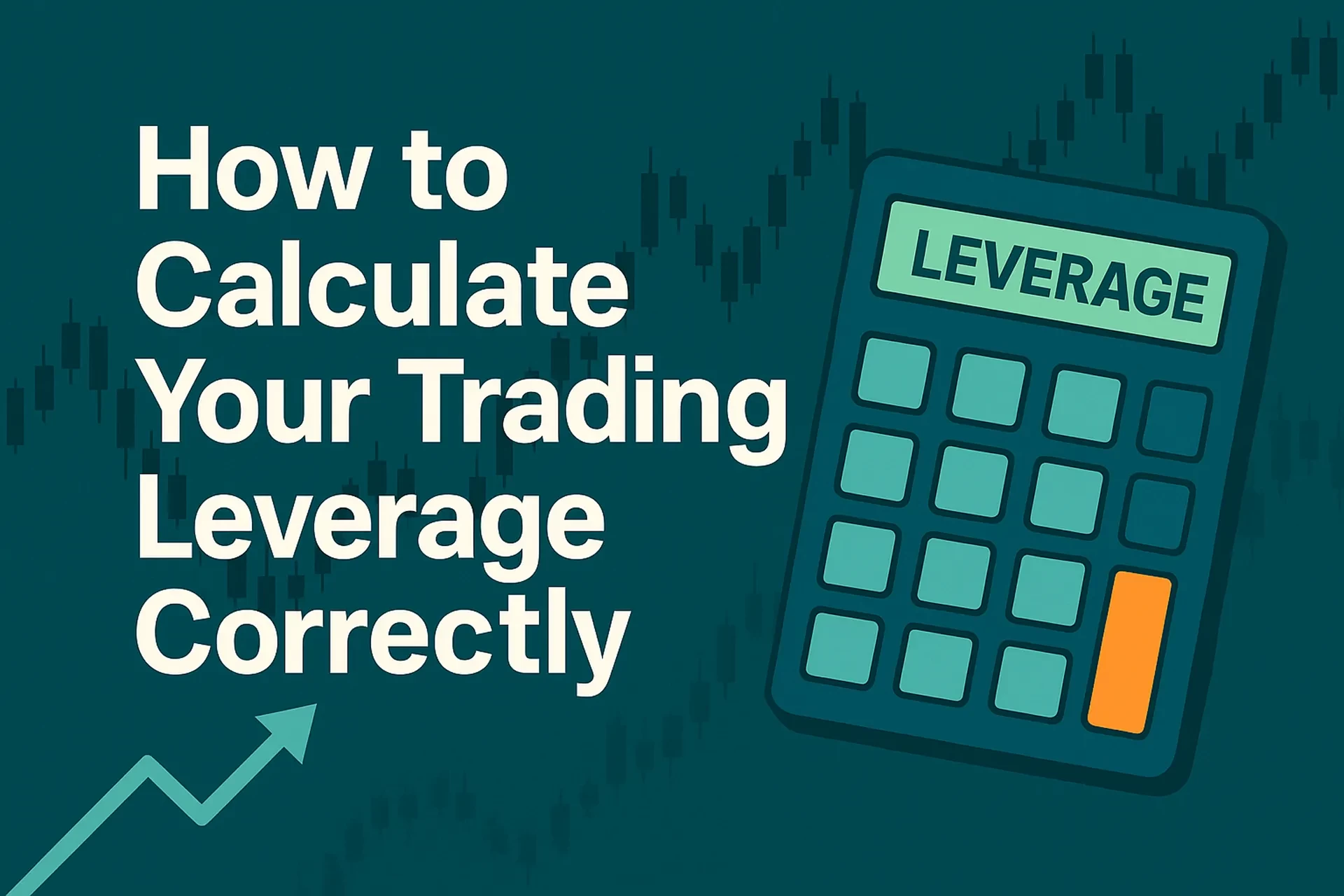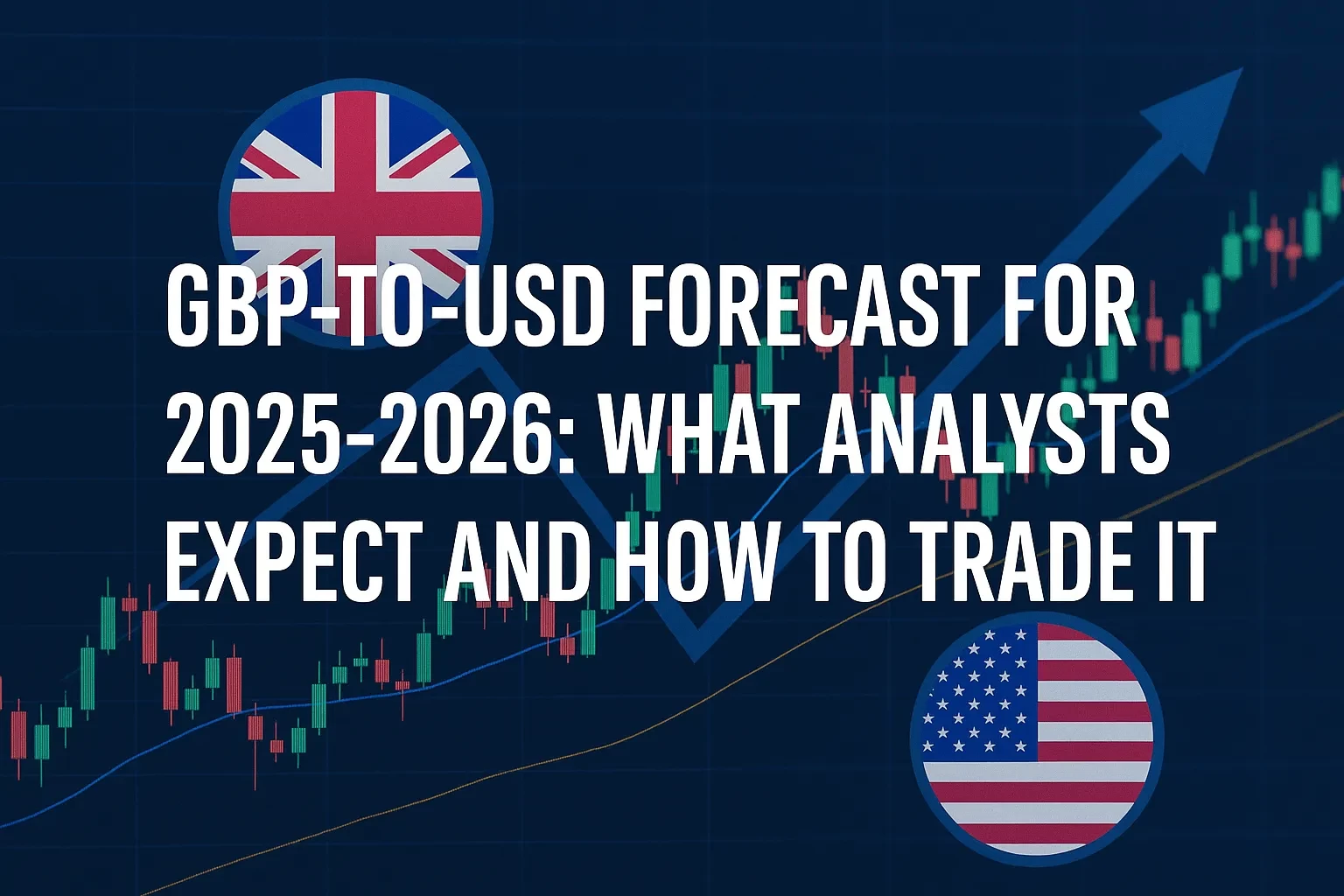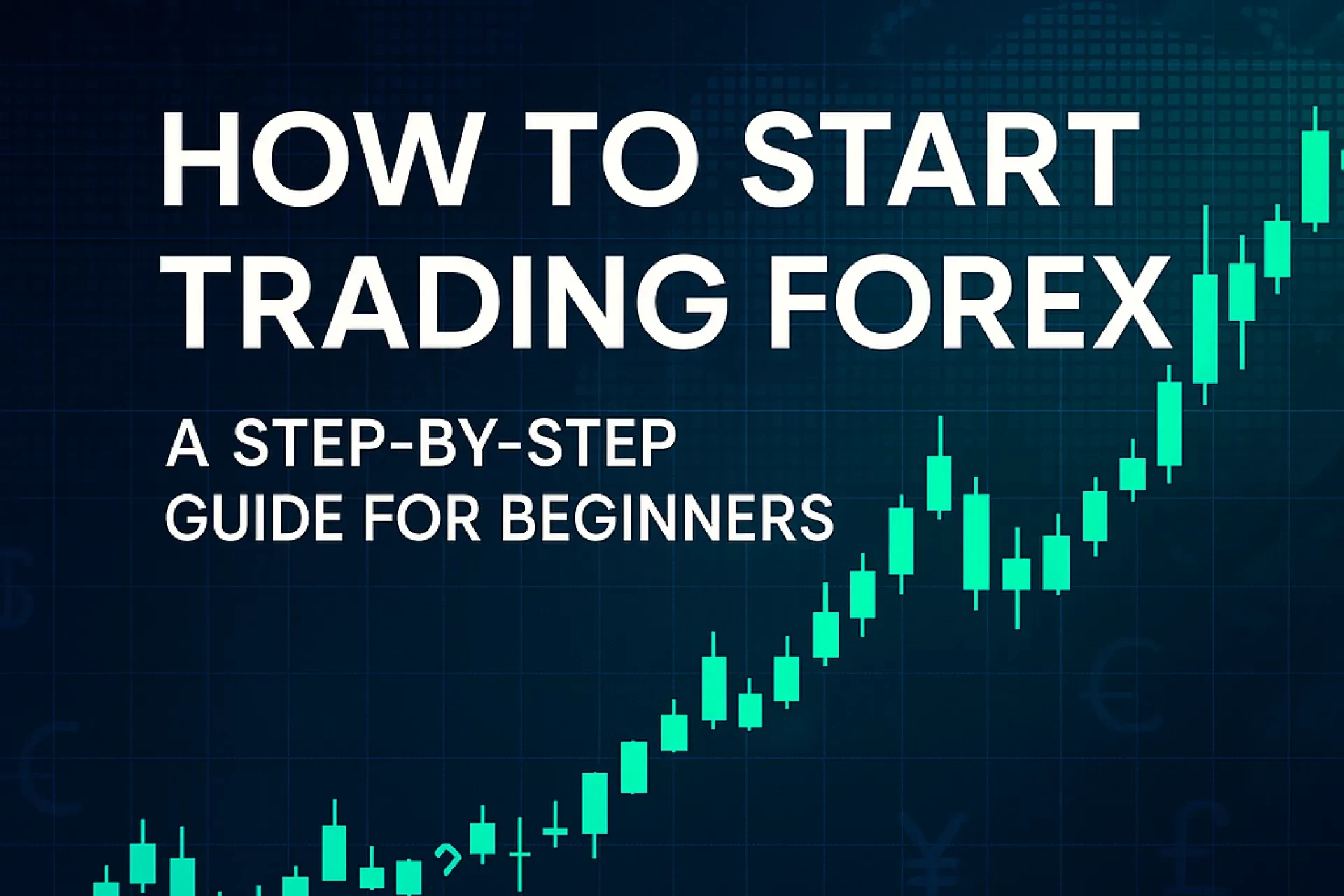Answer Up Front: Successful trading in 2025 is less about hunting “perfect setups” and more about running a disciplined operating system: clear risk rules, realistic expectations, consistent review, and strict compliance. The ten-pillars framework below turns those ideas into a repeatable routine you can backtest, measure, and improve—without promising the impossible.
Introduction
Markets reward process, not hope. If you’ve ever bounced between strategies, over-sized a trade after a win, or chased a move because social media said it was “can’t-miss,” you’ve seen how quickly randomness can drain capital and confidence. This guide distills the seed ideas—mindset, planning, risk, learning—into a modern, U.S.-aligned playbook. You’ll get a decision framework to filter conditions, a step-by-step routine you can implement tomorrow, a position-sizing example with transparent math, a diagnostics list to fix common mistakes, and a compliance refresher on FINRA/CFTC/SEC guardrails that affect how U.S. brokers and traders operate. Where we reference rules or consumer protections, we link to primary sources so you can verify details and stay current. *(No guarantees here; trading always involves risk of loss.)*
Table of Contents
1) Definitions & Context (plain English)
• Trading plan: A short document (2–4 pages) that defines what you trade, when you trade it, why your edge exists, and exactly how you size, enter, manage, and exit.
• Edge: A repeatable condition that, over a sufficiently large sample, produces a positive expectancy after costs.
• Risk unit (“R”): Your planned loss per trade if the stop is hit (e.g., 0.5% of account).
• Expectancy: Win% × average win − Loss% × average loss (in R).
• Drawdown: Peak-to-trough equity decline; the risk you must survive to realize long-run expectancy.
Why this matters now: U.S. rules around margin and day trading classification shape what your broker allows (e.g., equity thresholds and limits). Understanding those constraints is part of being “process-first.”
2) The PRACTICE Decision Framework (original)
Use PRACTICE before each session to decide if and how to trade:
• Profile: Is your strategy built for trend, range, or event regimes?
• Risk gates: Daily max loss, per-trade risk (e.g., 0.5–1.0%); cool-off rules after a streak.
• Assets: Only instruments you’ve tested (e.g., S&P E-mini, EUR/USD, liquid large-cap equities).
• Conditions: Volatility filter (e.g., ATR, implied vol percentile), calendar events.
• Triggers: Entry signals must be specific (structure break + volume + retest).
• Invalidations: Where is the setup wrong? That’s your stop logic.
• Costs: Slippage, commissions, borrow fees (for shorts), financing.
• Exits: Scale-out vs. all-out? Time stop? What ends the trade other than the stop?
Pre-Session Checklist: • What is today’s regime (trend/range/event)? • Are any high-impact events within 60 minutes? • Is liquidity/volatility within your tested bounds? • What are today’s levels? • What breaks your thesis?
3) Step-by-Step Routine (with guardrails)
1) Preparation (20–30 min): Mark prior day high/low, session VWAP, weekly levels; check economic calendar; write the if/then scenarios (e.g., “If NFP surprises > +100k vs. consensus and ES gaps >0.8%, I only trade pullbacks into VWAP with 0.5R risk”).
2) Setup Identification: Require alignment across higher timeframe (trend), execution timeframe (structure), and signal (trigger). No alignment = no trade.
3) Entry Logic: Enter on confirmation (e.g., break + retest) rather than anticipation; define order type and acceptable slippage.
4) Sizing Formula (example below): Risk per trade = 0.5% of equity; shares/contracts = Risk $ ÷ distance to stop $.
5) Stops & Targets: Place stops where the idea fails, not at round numbers. Targets: structure-based (prior swing, measured move) with risk:reward ≥ 1:1.5 on average.
6) Management: If trade moves 1R in your favor, either reduce risk (move stop to breakeven where tested) or partial take per your plan. Avoid improvisation mid-trade.
7) Post-Trade Review: Log setup quality, emotions (1–5 scale), adherence to rules, and screenshot before/after.
Hard Guardrails: Halt trading for the day at −2R or after two consecutive process violations. Resume only after a written debrief.
4) Pros, Cons & Risk Management (what’s real)
Pros: • Process reduces noise • Measurable progress via R-metrics • Capital longevity via small, constant risk • Review loop compounds learning
Cons/Risks: • Variance persists even with an edge • Regime shifts can stall a strategy • Operational frictions (slippage, borrow) erode expectancy
Mitigations: • Trade smaller and longer • Use regime filters • Periodically re-validate edge (fresh out-of-sample test) • Respect broker/regulatory constraints on margin and day-trading classification.
5) Practical Example: Position Sizing & Expectancy (transparent math)
Assume a $25,000 account and 0.5% risk per trade → $125 risk.
• Long a stock at $50.00; invalidation at $49.25 → $0.75 risk per share.
• Shares = $125 ÷ $0.75 ≈ 166 shares (round to 160–165 to account for slippage).
• Target at 2R = $50 + (2 × $0.75) = $51.50.
If your last 200 trades show Win% = 48%, Avg Win = 1.9R, Avg Loss = 1.0R:
Expectancy = 0.48×1.9 − 0.52×1.0 = 0.392R per trade.
With 20 trades/month, expected gain ≈ 7.8R = 3.9% at 0.5R risk—before costs. Costs and variance can materially change the realized result; expect drawdowns and sequences of losses.
Reality check: If your backtest shows strategy degradation in low-vol regimes, add a volatility floor (e.g., 20-day ATR divided by price ≥ 1.2%). If not met, you don’t trade that symbol/day.
6) Common Mistakes & Expert Fixes
• Mistake: Re-optimizing after every losing week.
Fix: Define a review cadence (e.g., monthly) and use a holdout set for parameter changes.
• Mistake: Trading headlines within seconds of release.
Fix: Add a blackout window (±15–30 min) around top-tier events unless your edge is event-based and tested.
• Mistake: Scaling risk after a win streak.
Fix: Change size only by rule (e.g., equity-based step-ups every +10R).
• Mistake: Ignoring compliance limitations.
Fix: Know your account type and any pattern day trader implications; maintain sufficient equity and understand margin rules.
7) Compliance & U.S. Regulators (what to know, where to check)
• SEC/Investor.gov: Plain-language education on day trading risk and margin basics; helpful if you’re new or tempted by hype. (Good first read.)
• FINRA Rule 4210 (Pattern Day Trader): Defines day trading and sets minimum equity requirements and related conditions; see also FINRA’s 2024 retrospective notice 24-13 reviewing these provisions. (Rules can evolve; monitor for updates.)
• CFTC & NFA (for futures/forex): Education, fraud advisories, and member conduct/supervision requirements that shape how retail products are offered. (Useful for understanding firm-side obligations and your protections.)
Action: Bookmark these pages and re-check quarterly; regulators periodically update guidance to address market changes (e.g., volatility events, digital asset activity).
8) Lightweight Comparison: Two Ways to Organize Your Edge
• Structure-First (price action + levels): You trade only when the tape respects prior highs/lows, VWAP, or well-defined ranges/trends.
Strength: Simple, adaptable.
Watch-out: Drift in low vol; add filters.
• Signal-First (indicator ensemble): You require multi-factor confirmation (e.g., momentum + volume surge + structure break).
Strength: Clear rule set; easier to backtest.
Watch-out: Overfitting; stress test across regimes.
9) Performance Review Pack (original, copy this into your journal)
Track these five every week:
1) Adherence Score (0–100): Percent of trades that followed every rule.
2) Quality Score (1–5): Did the setup meet A-criteria or was it a B/C trade?
3) Net R for the week and cumulative drawdown.
4) Error Tax ($ lost to preventable mistakes): Slippage beyond plan, chasing, rule breaks.
5) Regime Tag: Trend, range, event, or chop—did your edge align with the week’s regime?
10) The “Two-Switch” Mindset (original)
• Switch 1: Operator Mode. You execute your written process without debate during the session.
• Switch 2: Scientist Mode. Outside market hours, you analyze, hypothesize, and improve.
Never mix the two. Protect Operator Mode from mid-trade tinkering; protect Scientist Mode from emotional overreactions to a single outcome.
FAQ
Conclusion: Your Next Three Steps
1) Codify your plan into a 2–4 page PDF: market, setups, triggers, risk gates, exits, playbook screenshots.
2) Backtest and dry-run the plan for 20–30 trades per setup; record expectancy and drawdown.
3) Start small (0.25–0.50% risk), log every trade, and perform a weekly review using the Performance Review Pack. Re-validate quarterly—and keep an eye on regulator updates.
Risk Disclaimer
This publication is for education only and not financial advice. Trading involves substantial risk and can result in the loss of your entire investment. Past performance does not guarantee future results. If you are unsure whether trading is appropriate for you, consult a licensed financial professional. (Also, never interact with ads for any benefit; ads are separate from editorial content.)
